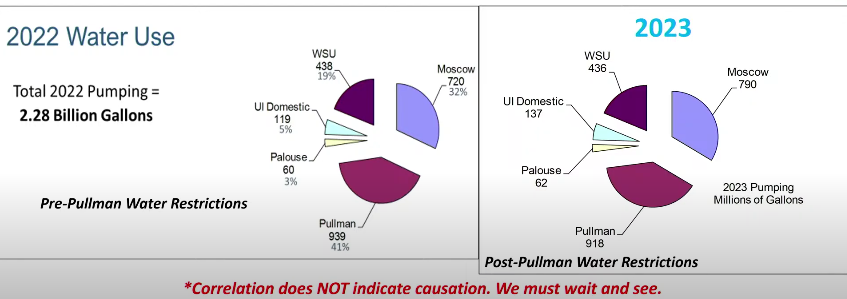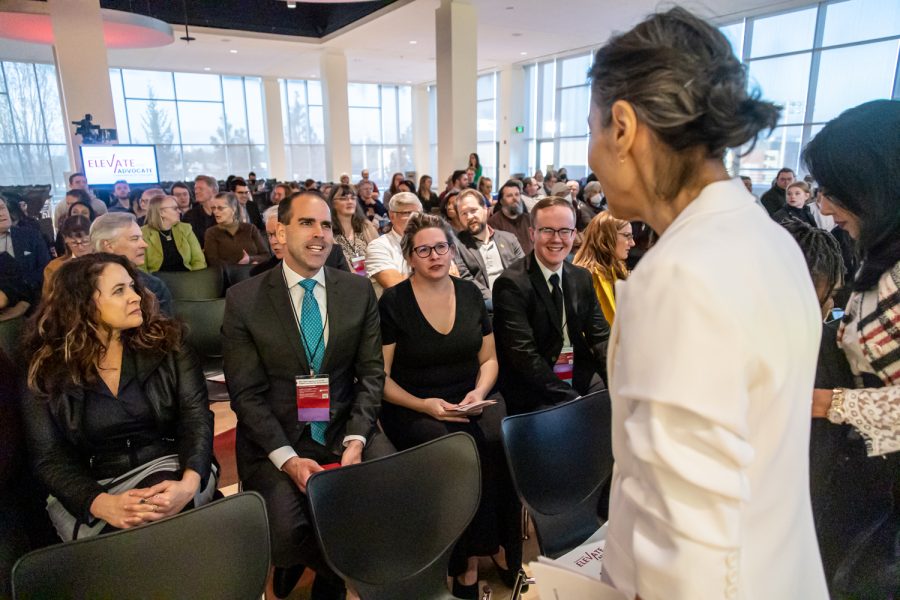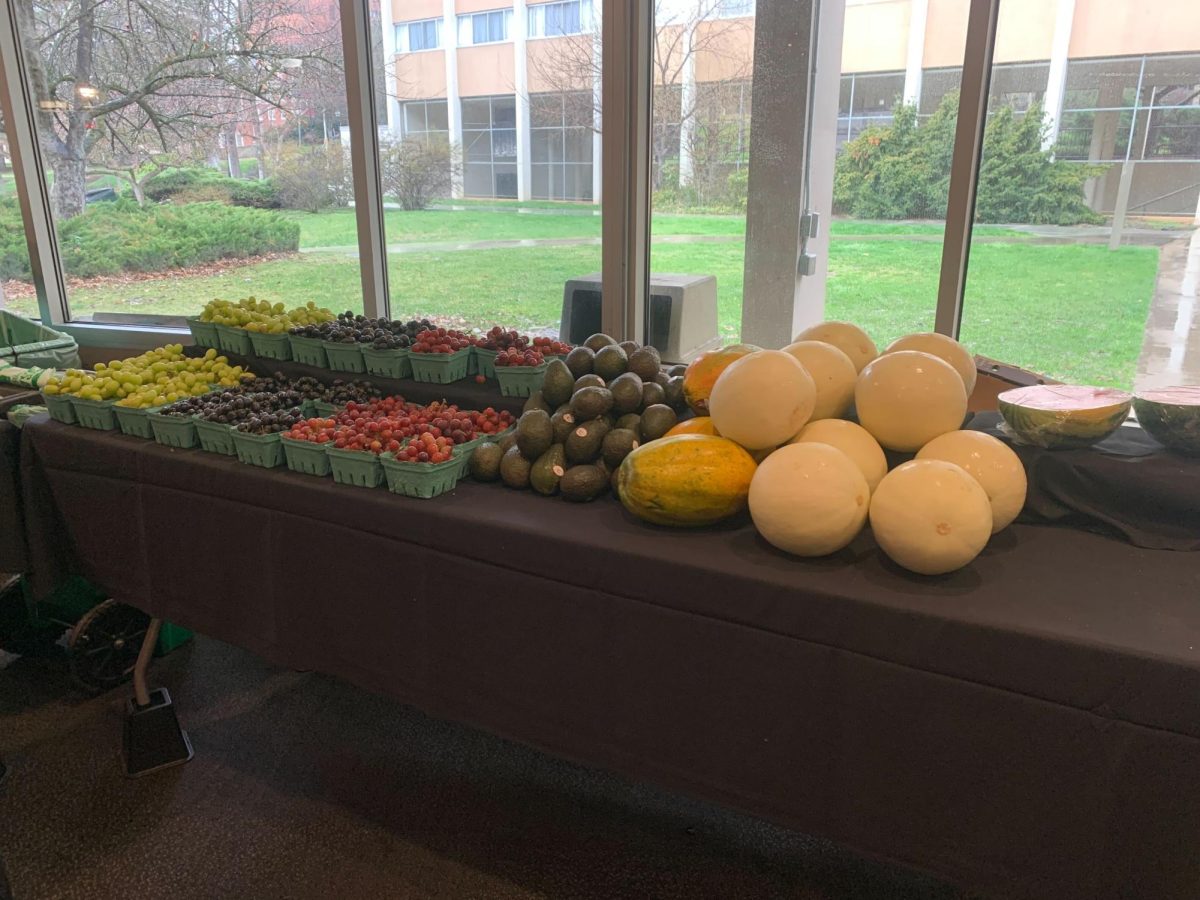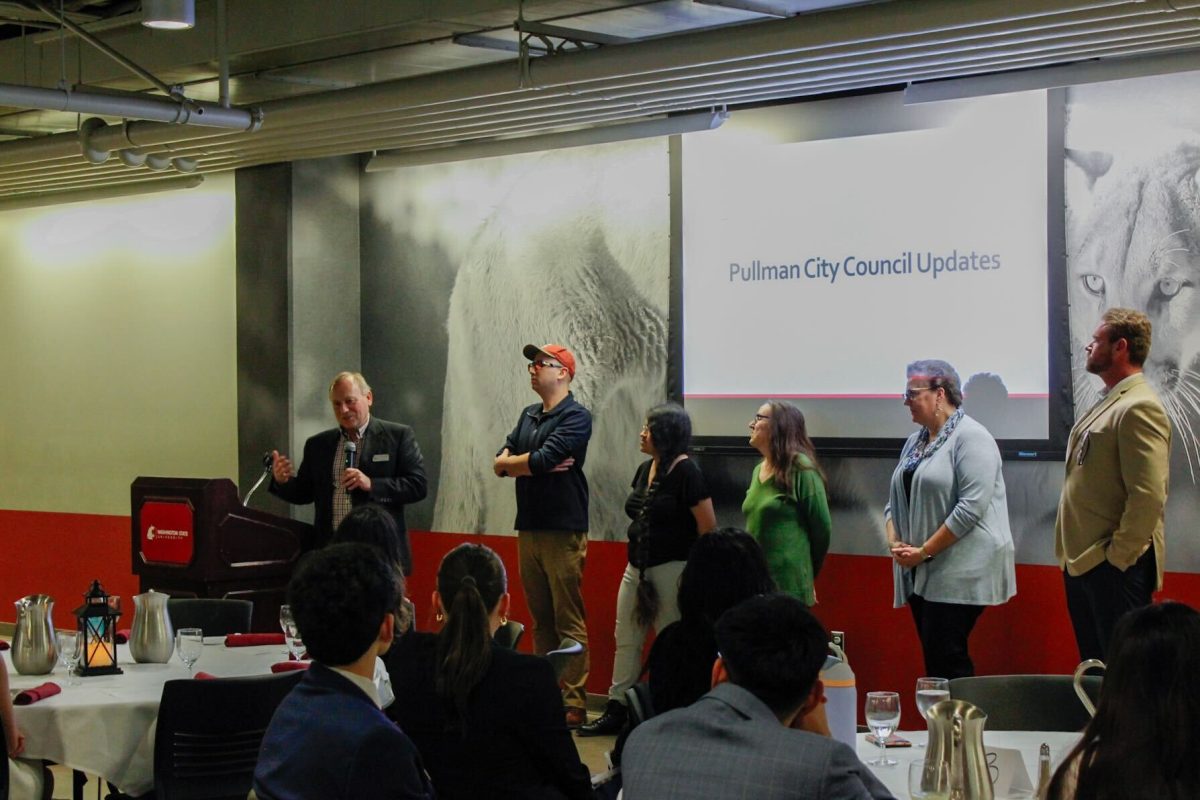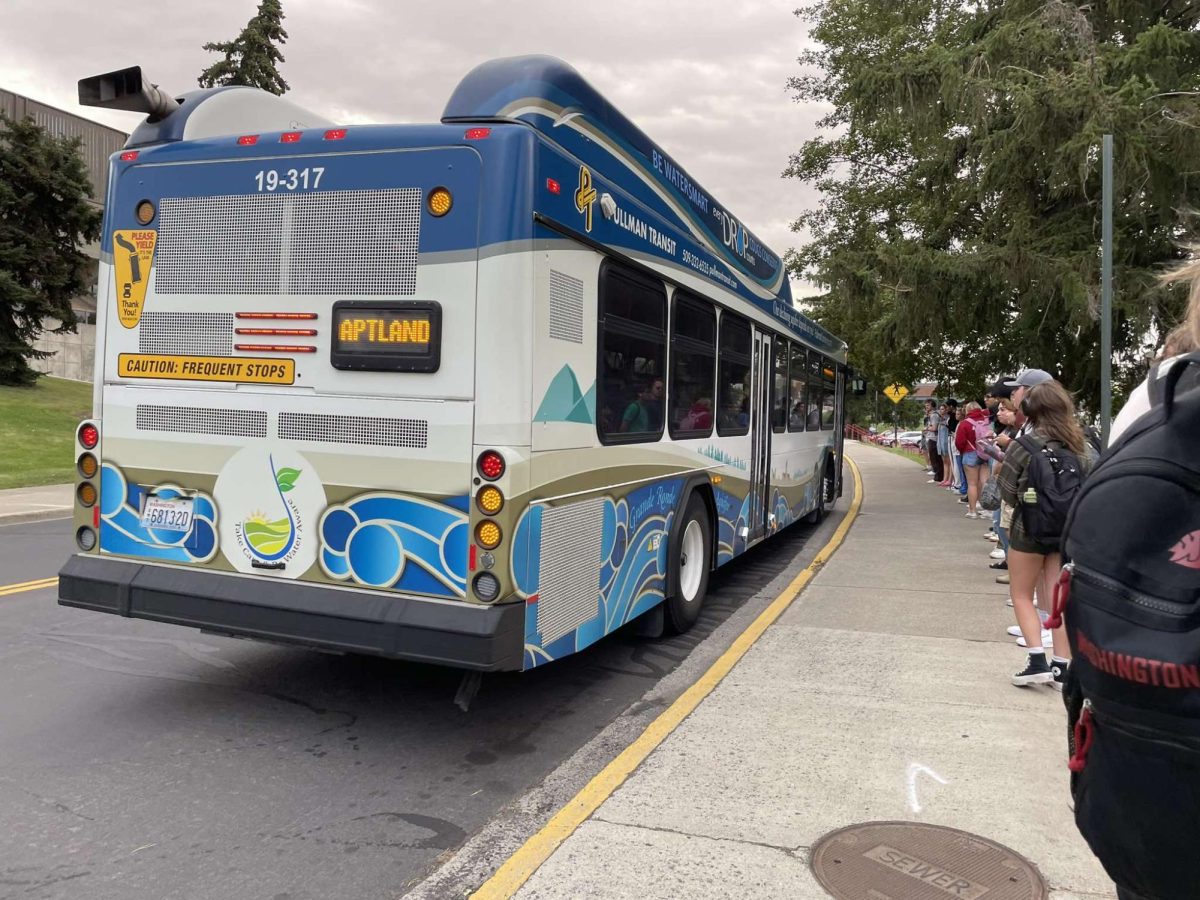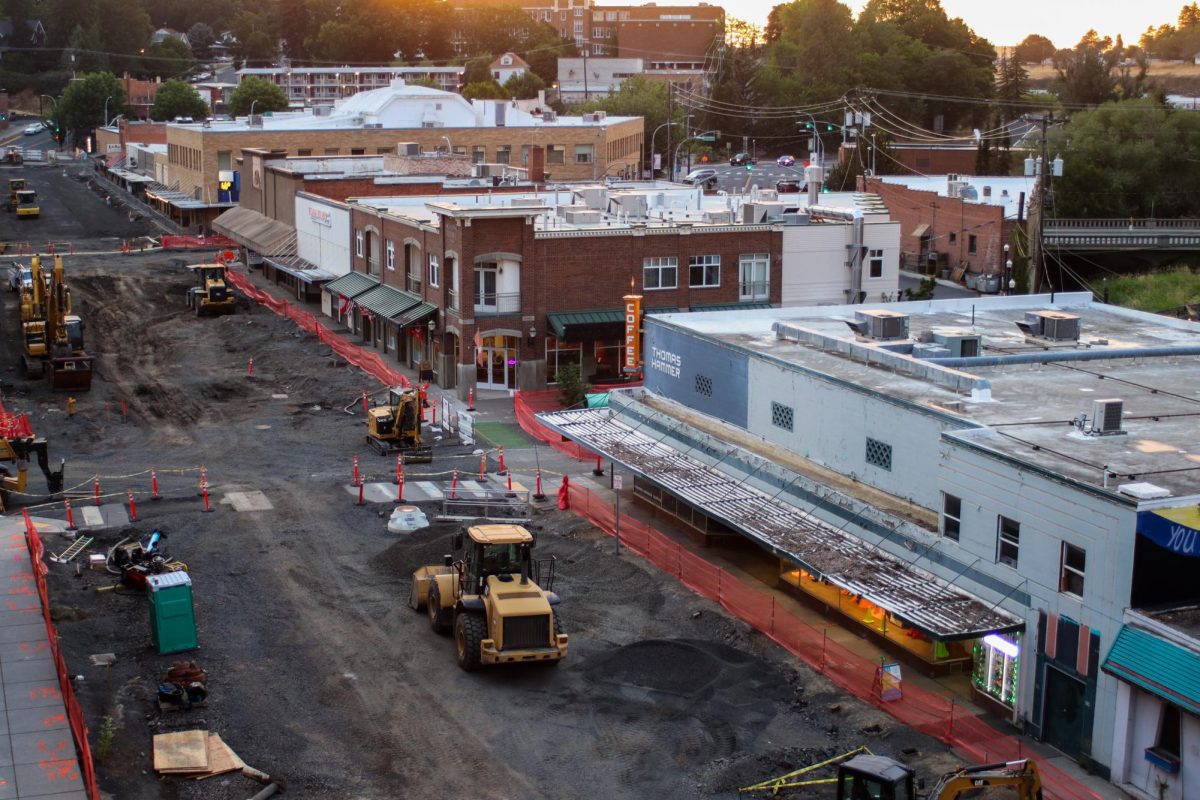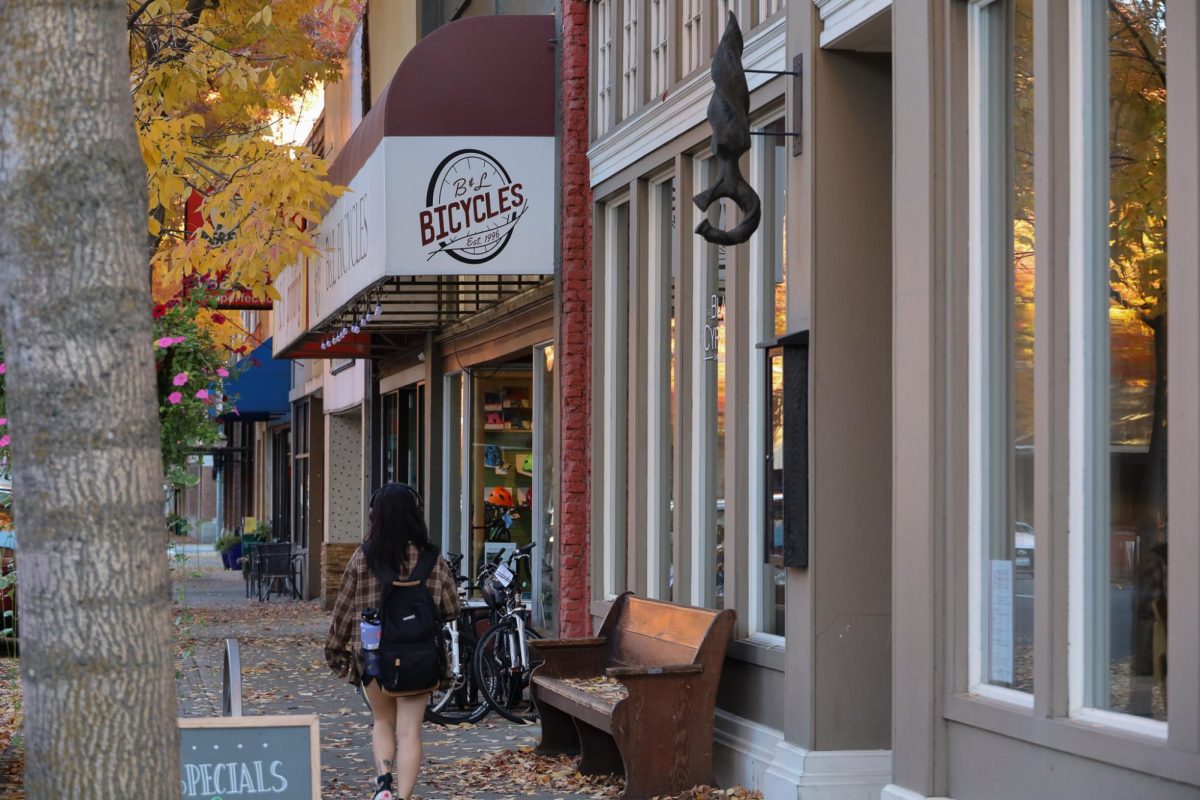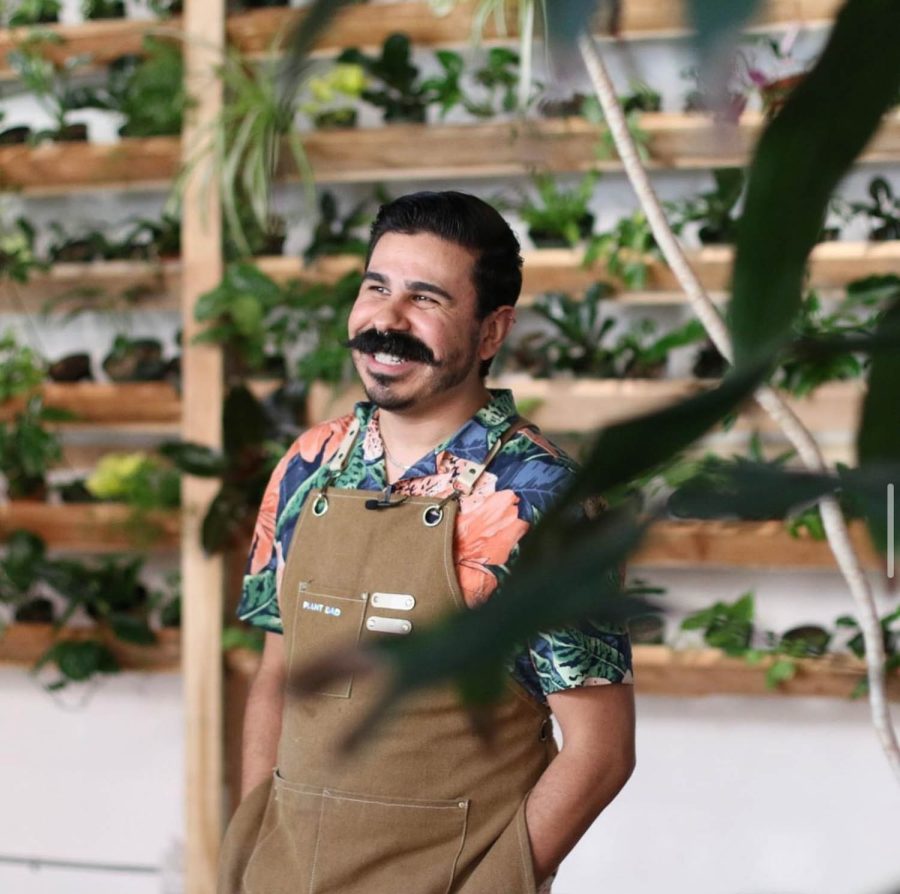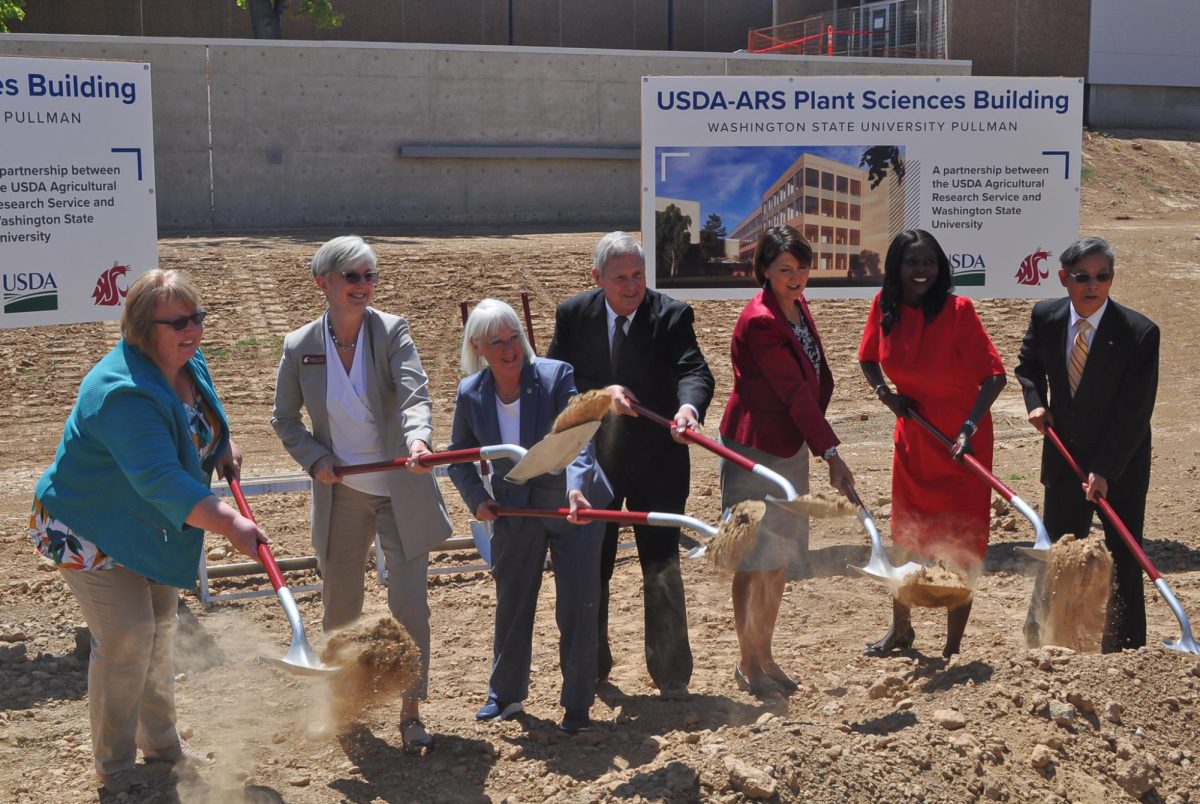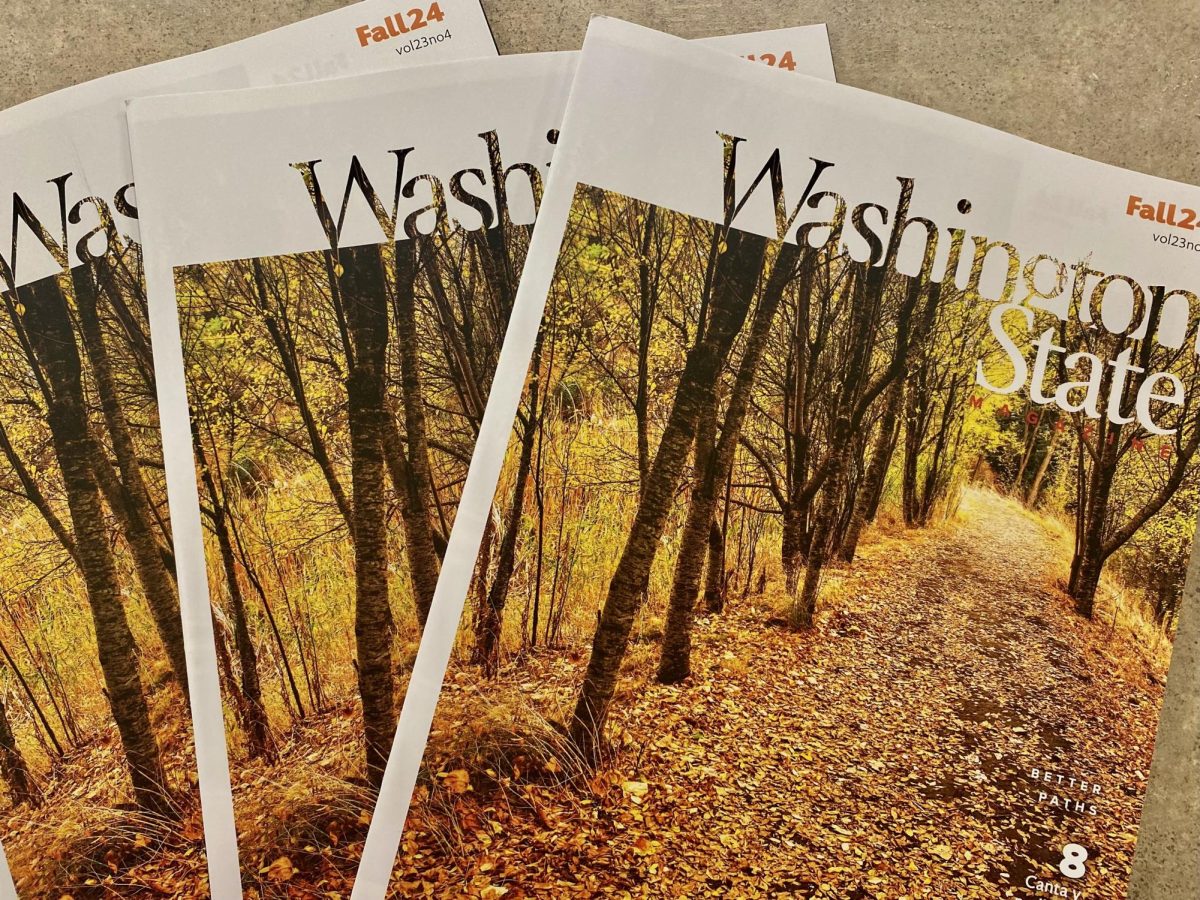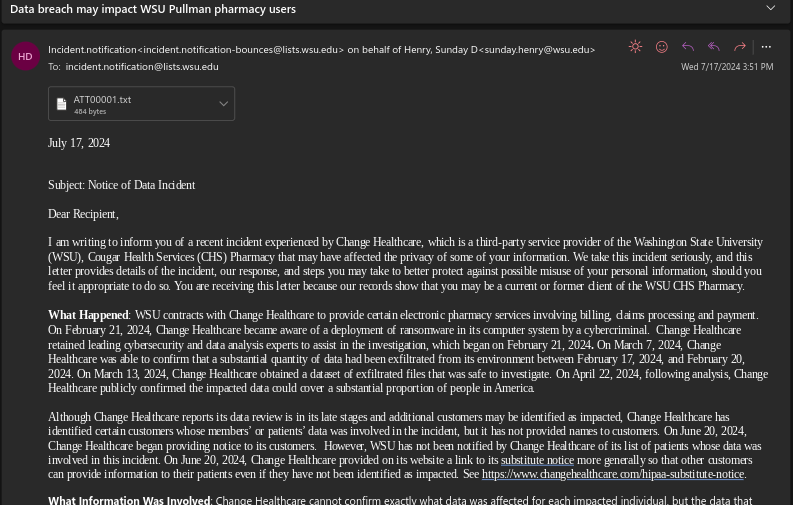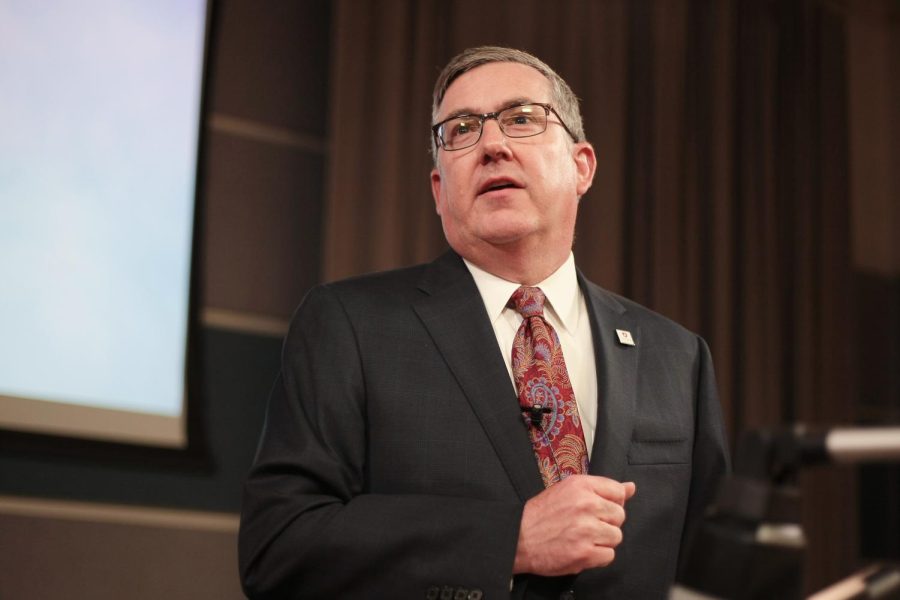The Palouse Basin Aquifer Committee prepared a presentation to be shown to the Pullman City Council showing Pullman’s total water usage fell 21 million gallons from 2022–23, while Moscow’s increased by 70 million.
Tyler Palmer, Palouse Basin Aquifer Committee chair, said PBAC’s missions are to promote water conservation and attempt to find an alternative water supply source.
“PBAC is an organization that’s been around for quite some time … It goes back many many many decades. There’s been a knowledge that the aquifer from which we draw all of our drinking water in the Palouse basin which includes Moscow and Pullman comes from an aquifer system that’s been in decline ever since it was tapped in the late 1800’s,” he said. “It’s long been known that, one, conservation needs to be a real focus and two, we also need to be looking for an alternate water supply source.”
Palmer said he has been one of Moscow’s representatives to the committee since 2014. Over the years, many potential alternative supply sources have been identified to supplement and help stabilize the aquifer.
“There was a pretty comprehensive process that was undergone in 2016 that took a look at all the potential supplemental supply alternatives and narrowed that down to a feasible set of alternatives, feasible set meaning based on supply, on water rights, on treatability, that they could be potential solutions,” he said. “There were four of those packages of alternatives that were put together and our work since then has been narrowing down to a preferred alternative that we will put our focus on… If we hit a roadblock or something that dictates that we need to pivot then we’ll pivot to a different alternative within that set of alternatives.”
When looking at an alternative water supply, some of the biggest factors include if getting a water right is possible, how much water is available and the quality of the water, he said.
“From there we get into questions like what is the technical feasibility. From an engineering perspective, what does that look like,” Palmer said. “What are some of the permitting constraints, what are some of the environmental restraints.”
On June 25, Nathan Weller, Pullman City Council representative for PBAC, gave a presentation to the council on PBAC. Weller said working with the stakeholders, such as the universities, the cities, counties and representatives, to ensure proper water quality for the future is one of the biggest goals of PBAC.
“One of the really important aspects of our work at PBAC is that we make sure we attain alignments and sleep the communities involved when we work through this process,” Palmer said. “A few projects that came fairly close to getting into design and pursuing funding, what ended up sinking those projects was a lack of coordination and a lack of public awareness and public involvement.”
Weller said the presentation was meant to give general information to the council and to the public.
“I changed it to suit the Pullman City Council, so I added some more information regarding our efforts in conservation, which has made an impact I would say,” Weller said.
From 2022–23, Pullman’s water usage has fallen, with WSU’s usage down 2 million gallons, he said. In contrast, Moscow is up 70 million gallons, UI is up 18 million gallons and the Palouse is up 2 million gallons, Weller said.
“As far as our Washington side, both WSU and Pullman being within that same region, we had initiated water restrictions in ‘22 and that was where certain addresses could water at specific times on specific days and we started that in ‘22 and in ‘23 we saw that drop, and that was the first time we did any major water restrictions,” he said. “Now we will see, come our water levels for ‘24, if that continues, because we have the restrictions in again this year.”
Palmer said Moscow already has a similar ordinance in place and has for a while now. However, Pullman took it a step further by restricting what days in the week people can water.
Moscow is currently in the process of a comprehensive water conservation plan rewrite which involves looking at all the water conservation measures that happen both domestically and internationally and doing a revew to see what can legally be done in Idaho, Palmer said.
“Then we’ll be presenting an updated water conservation plan to our city council for their consideration and through that process continuing our collaboration with the city of Pullman,” he said.
Weller said on a day to day basis, if people want to help conserve water, they can check their hoses to make sure there are no holes or leaks and watering later at night or early in the help to make sure the water gets into the ground and is not evaporating.
“[Water’s] something we as a society typically undervalue … You don’t have to look too hard in the newspaper to see there are water crises all over the world including the United States, and this perception that water is a free thing and it goes down the drain and you don’t have to think about it,” Palmer said. “30% of all water use in the Palouse goes to grass. That’s insane … If you don’t have water, you don’t have a city. Period.”


